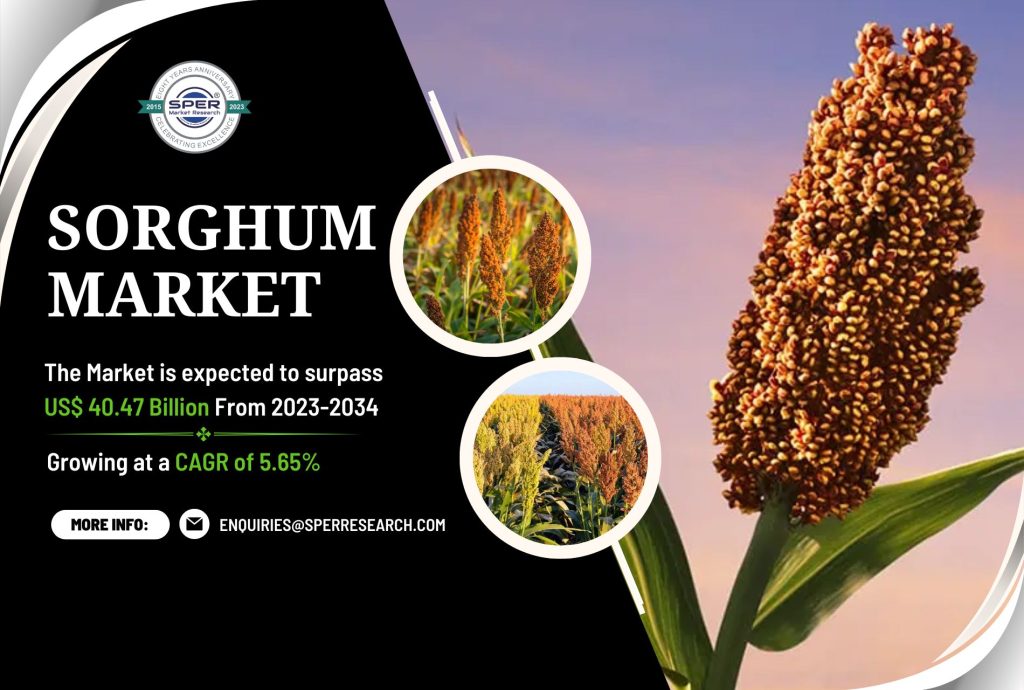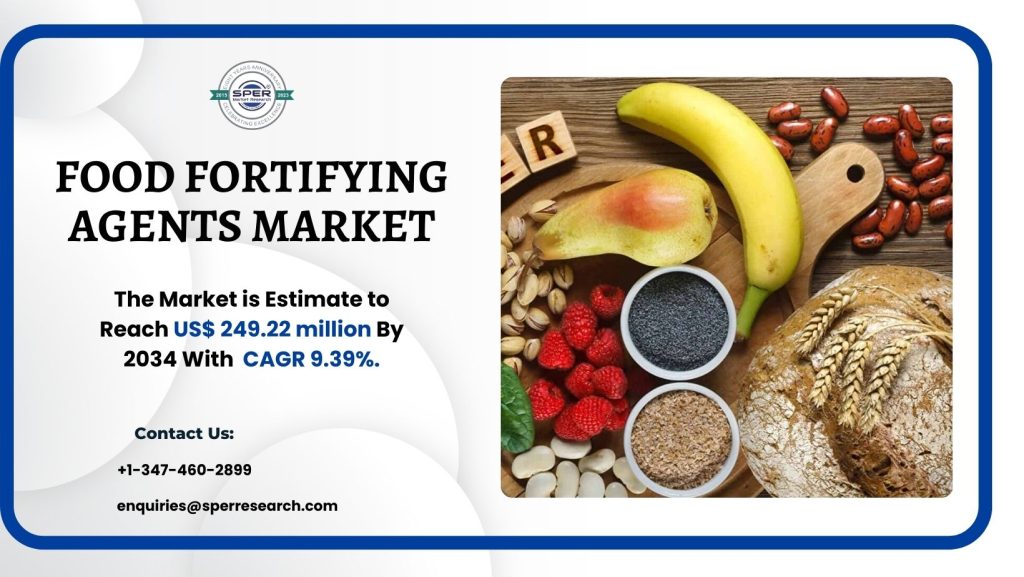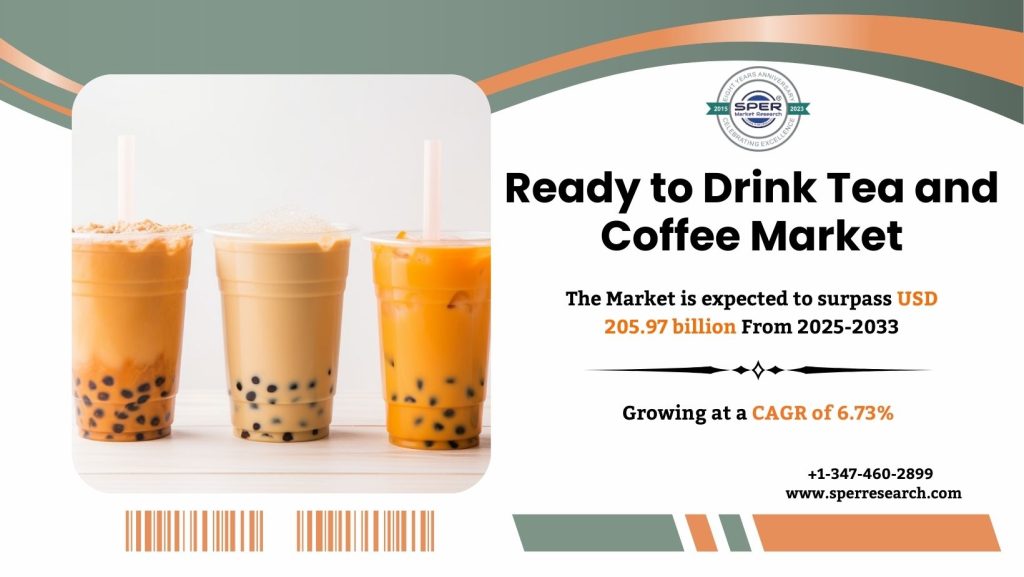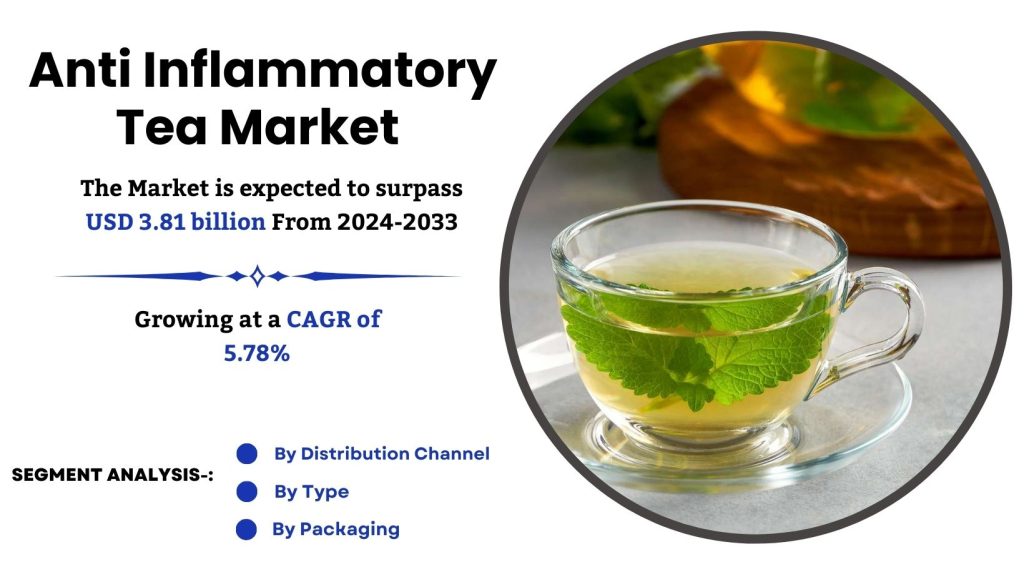Sorghum, a versatile cereal grain that is grown extensively for food, fodder, and industrial uses, is a member of the Poaceae group of grasses. Its drought tolerance allows it to flourish in dry and semi-arid settings; it is native to Africa. Growing on stems, the plant yields small, round, gluten-free grains that are high in antioxidants, fibre, protein, and iron. In many civilizations, millet is a staple crop that is used to produce bread, beer, syrups, and porridge. Its high energy content makes it an important source of biofuels and food for cattle. Sorghum’s nutritional amount and adaptability have made it a vital crop for worldwide farming systems, promoting sustainable agriculture and food security.
According to SPER market research, ‘Global Sorghum Market Size- By Type, By Application, By End User – Regional Outlook, Competitive Strategies and Segment Forecast to 2034’ state that the Global Sorghum Market is predicted to reach 40.47 billion by 2034 with a CAGR of 5.65%.
Drivers:
The market for sorghum is driven by its many uses in the feed, food, and biofuel sectors. People who are health-conscious and gluten-intolerant are more interested in it because of its nutritional advantages, which include high fibre and gluten-free qualities. Due to the crop’s resistance to drought and growing concerns about global food security, it is a mainstay in arid and semi-arid areas. The growth of the biofuel sector, especially in the manufacture of ethanol, increases demand even more. Market expansion is further aided by rising knowledge of sorghum’s usage as animal feed and its contribution to sustainable farming. Important enablers include government initiatives supporting climate-resilient crops and boosting funding for sorghum farming practices.
Restraints:
Climate change, which affects crop yields and quality owing to erratic rainfall and rising temperatures, is one of the issues facing the sorghum market. Productivity is hampered by limited availability to high-quality seeds and contemporary agricultural technologies, particularly in poor nations. Diseases and pests including anthracnose and sorghum midge further lower output. Market demand is also impacted by competition from substitute grains like wheat and maize. Farmers face financial uncertainty due to fluctuating worldwide prices and uneven national policies regarding trade and subsidies. Effective distribution is further hampered by inadequate supply chains and infrastructure in important producing areas. Finally, sorghum’s acceptance in emerging and urban markets is constrained by a lack of consumer knowledge regarding its nutritional advantages.
Request a Free Sample Report: https://www.sperresearch.com/report-store/sorghum-market.aspx?sample=1
Middle East and Africa held a major share of the market in 2024. Sorghum grows well in the dry climates found in these regions, making it a popular crop. It has strong cultural and culinary ties, being used in traditional foods like porridges, flatbreads, and drinks. Sorghum is important for the economies in these areas, helping with food security, providing jobs, and generating income for farmers, particularly in rural communities. Some significant market players are Cargill, Incorporated, ADM, Seedway LLC., Ernst Conservation Seeds, The Scoular Company, American Seed Co. and Ardent Mills, Advanta Seeds, and others.
For More Information, refer to below link: –
Related Reports:
Follow Us –
LinkedIn | Instagram | Facebook | Twitter
Contact Us:
Sara Lopes, Business Consultant — USA
SPER Market Research
+1–347–460–2899









